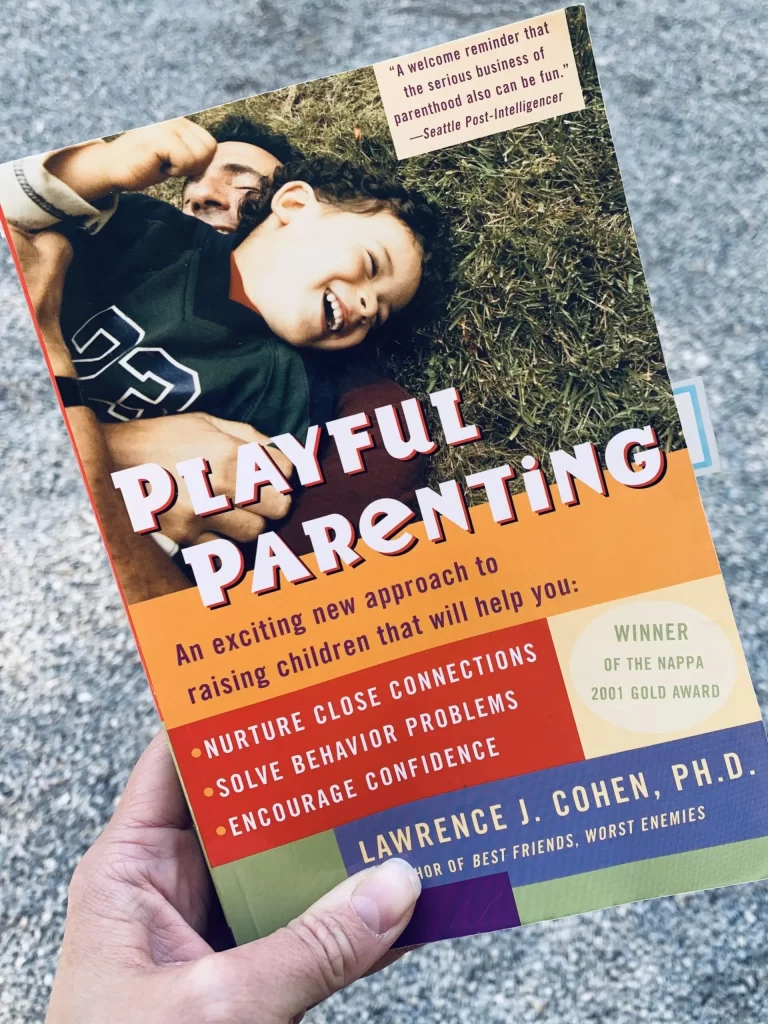My first parenting resolution this year is to create a Family Mission Statement.
I must say, we are not starting from scratch here. After reading The Secrets of Happy Families by Bruce Feiler, we made a few attempts last year but procrastinated with finalizing it.
Today let’s talk about the first bedrock of a Family Manifesto – identifying your core values and creating a Personal Core Value Statement. It requires some effort and internal work, but it will help you tremendously in life.
There are several ways to drill down to your core values. In this post, I’ll share our journey.
Let’s dive in.
What are values?
Firstly, let’s be clear on what values are.
In short, values are beliefs that define what is the most important to you. They guide each of your life choices, shape how you respond to situations and set goals.
Your values are the key to living with integrity. They make things easier when you are faced with the decisions, challenges, and compromises that are part of everyday life.
Examples of core values
Below is the list of core values commonly used by researchers and coaches:
- Authenticity
- Achievement
- Adventure
- Authority
- Autonomy
- Balance
- Beauty
- Boldness
- Compassion
- Challenge
- Citizenship
- Community
- Competency
- Contribution
- Creativity
- Curiosity
- Determination
- Fairness
- Faith
- Fame
- Friendships
- Fun
- Growth
- Happiness
- Honesty
- Humor
- Influence
- Inner Harmony
- Justice
- Kindness
- Knowledge
- Leadership
- Learning
- Love
- Loyalty
- Meaningful Work
- Openness
- Optimism
- Peace
- Pleasure
- Poise
- Popularity
- Recognition
- Religion
- Reputation
- Respect
- Responsibility
- Security
- Self-Respect
- Service
- Spirituality
- Stability
- Success
- Status
- Trustworthiness
- Wealth
- Wisdom
You can download Brene Brown’s list of values in PDF format from her fantastic book Dare to Lead here – I found it very useful!
You can also try free online tools such as Life Values Inventory or Values Centre.
While working on my personal core values, I also reviewed the list of Virtues and Character Strengths which positive psychologists widely use:
- Wisdom and Knowledge: creativity, curiosity, open-mindedness, love of learning, and perspective.
- Humanity: love, kindness, and social intelligence.
- Justice: teamwork, fairness, and leadership.
- Courage: bravery, perseverance, integrity, and enthusiasm.
- Temperance: forgiveness, humility, prudence, and self-control.
- Transcendence: appreciation of beauty and excellence, purpose, gratitude, optimism, and humor.
You can also take the free survey here.
How to identify your core values
Now let’s get down to business. Here is the process we followed to come up with our core values:
Step 1: Write down your values
Review the list of values above and pick 8-10 that resonate with you the most. Obviously, feel free to think of a value that is not on the list.
Key questions to think about:
- What is important to me?
- What do I want?
Be genuine and clear on what is most important to you.
Step 2: Define your values
That’s the crucial step.
Pick each value and define what it means to YOU and why it is important to YOU. Don’t strive for perfection – just let your thoughts out and write from your heart.
For example, let’s pick one of my values – Perseverance. Here is what I wrote:
“Why is it important to me?
- It helps make progress even when things get tough;
- It’s all about overcoming obstacles and setbacks on the way to your dream;
- It makes impossible things possible;
What does it mean to me?
- To cultivate grit and growth mindset;
- Always reflect on failures and mistakes and learn from them;
- Problem-solving and finding better ways to achieve my goal;
- Build systems for good habits;
- Delay gratification;
- Never ever give up;
- Dream big, but start small.”
Also, at this point, look for patterns and common themes.
For example, I also had Love for Learning and Hope on the list, so after articulating what they mean to me, I decided to marry them with Perseverance to form my core value – Growth.
Step 3: Pick three core values
Now it’s time for some mental acrobatics.
Look carefully at your list of values and pick your 3 non-negotiables.
The question that may help here is:
What will I never compromise on, regardless of anything or anyone?
Write them down.
Step 4: Allow yourself some time to reflect on your core values
Once you’ve chosen your top 3 values, pin them to a visible place – fridge, bathroom mirror, phone screen – you choose.
I wrote my list in a journal and put a note on my laptop.
Reflect on your top 3 values for several days and, again, ask yourself a question:
What exactly do these values mean to me?
Make changes if needed.
I’ve been chewing on my three values for a week and changed the list twice.
Step 5: Finalize your list and write your Value Statement
By this step, you should have a crystal clear idea of what your core values are.
The last step is to wrap everything up in your Personal Value Statement. Write down your guiding principles for every value.
For example, here is what I’ve put for my core value Growth:
- Never stop learning;
- Be curious about the world, people around me and myself;
- Cultivate Growth Mindset;
- Be a creative force;
- Cultivate habits for well-being;
- Be proactive;
- Dream big (but start small);
- Focus on progress;
- Give back and help others grow.
Once you have a personal value statement in front of you, you can share it with your partner and start creating a Family Manifesto together.
Loads of love,
Irina



